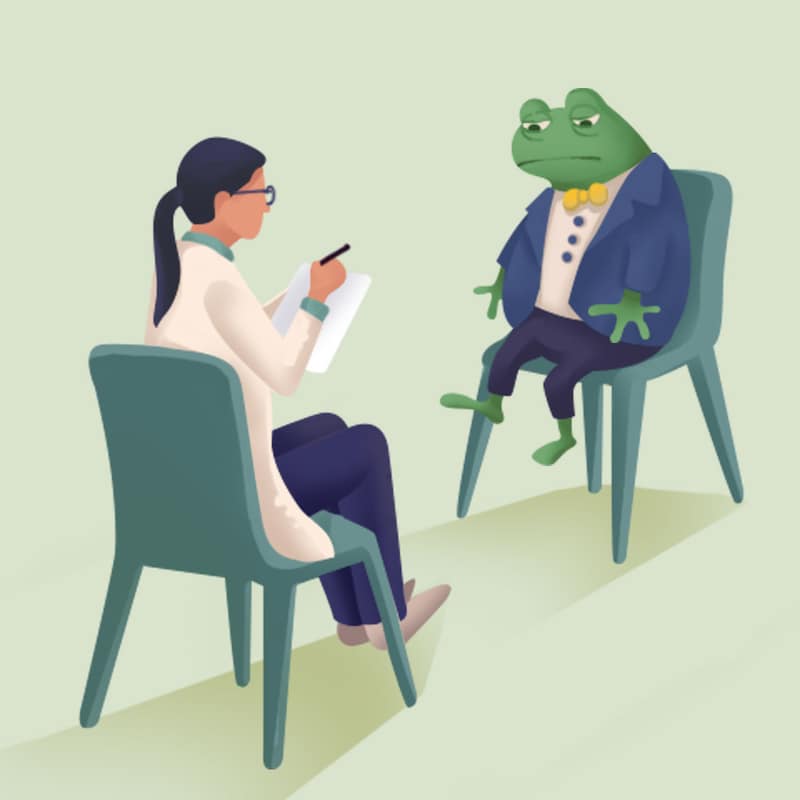Shownotes
Before we begin, we need to distinguish between a depressive mood and clinical depression. Despair is a common emotion. For example, if we plan to go hiking with our friends, and they tell us before we set out that they have to cancel, we may feel upset. Or, we may have secretly worked out for a month, in an effort to impress our friends, but they say they don't see any change, and we feel depressed as a result.We can see that feeling “depressed” is often associated with specific things; that is to say, feeling dejected is not random, but it is caused by a situation in your life. This depressive mood doesn't last long. When the tough situation is over, our depression usually wanes.
Clinical depression, or major depression, is a mental illness that is very different from a depressive mood. We will discuss the symptoms and causes of clinical depression in part one. In this article, when we use the word “depression,” we are referring primarily to clinical depression, not to a depressive mood.
The key character in this book is the counsellor, Heron, who mainly uses the Transactional Analysis method in counselling. Transactional Analysis is a psychoanalytic theory that helps to identify the ego state of the communicator as a basis for understanding behavior. In the story, Heron always focuses on Toad, valuing trust and communication as they are foundational to their work. Heron helps Toad identify the root of his problems and finds a way to help him rebuild a healthy life.



